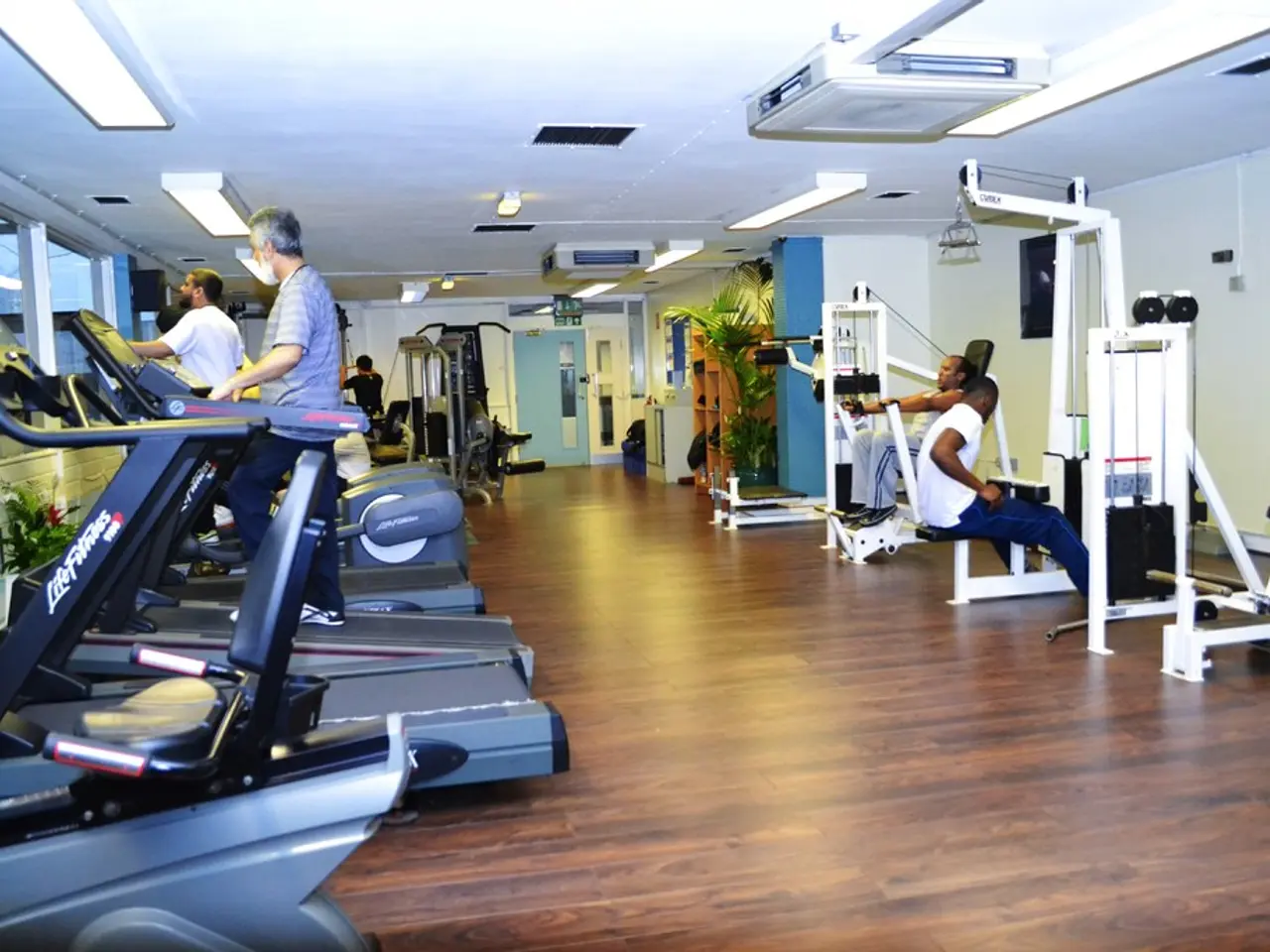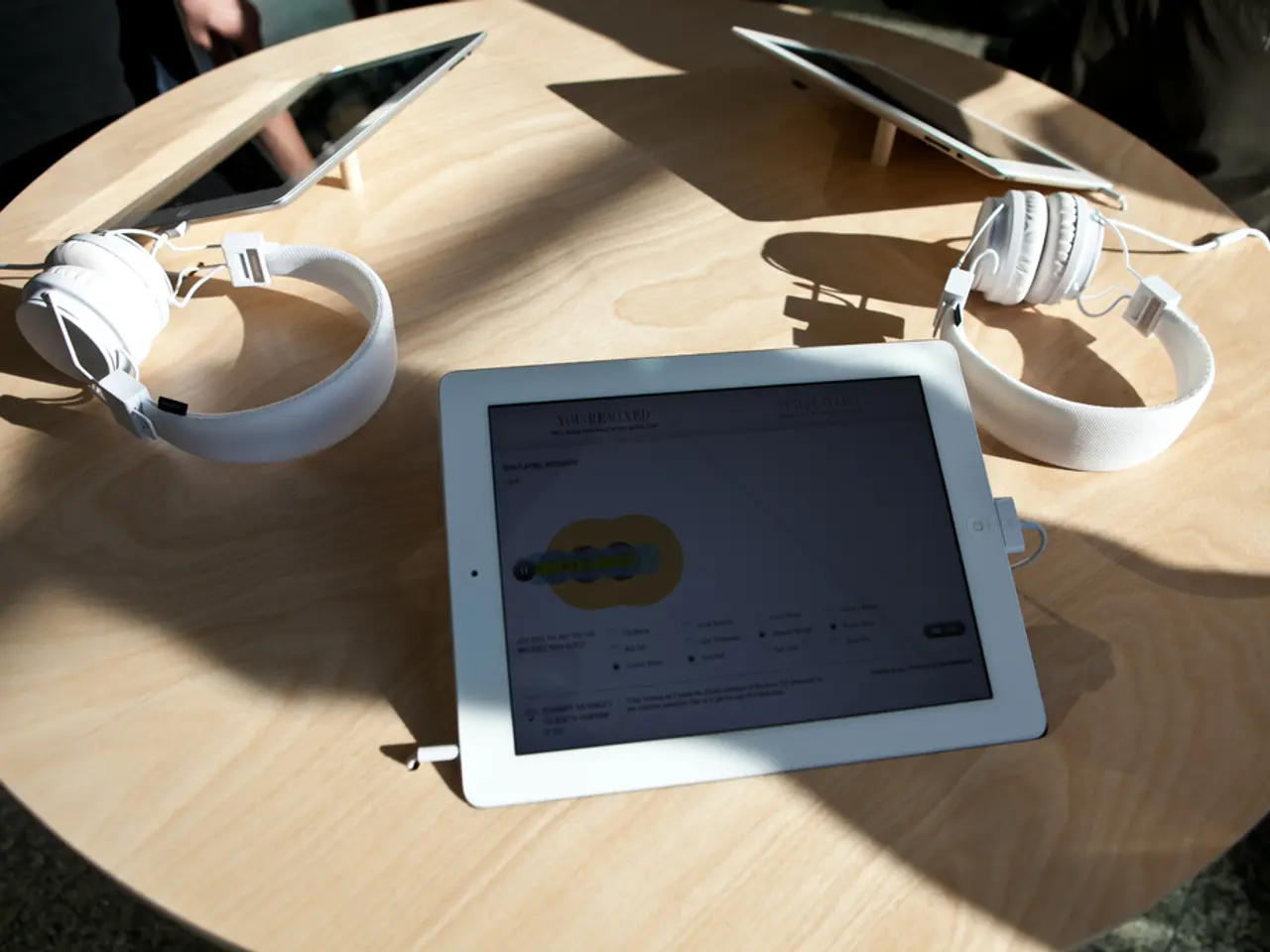Guide to Safely Establishing Deadlift Weight for a 13-Year-Old Weightlifter
In the world of strength training, the deadlift is a popular exercise that offers numerous benefits for adolescents, including improved posture, balance, and athletic performance. However, it's crucial to approach deadlifting with caution and proper guidance, especially for 13-year-olds, due to the vulnerability of their growth plates.
Growth plates, located near the ends of long bones, are more susceptible to injury during weightlifting in a 13-year-old. Therefore, safety and supervision are paramount. Recent research and guidelines indicate that resistance training, including maximal or near-maximal lifts like deadlifts, can be safe for adolescents when properly supervised, with correct technique, gradual progression, and monitoring by qualified professionals.
Determining an appropriate deadlift weight for a 13-year-old must consider growth plate vulnerability, individual development, and proper technique. The average deadlift weight for a 13-year-old varies widely depending on individual factors such as body weight, training experience, and biological maturity.
Focusing first on mastering proper technique with light weights or even just body weight or an unloaded bar is crucial. Progress gradually, increasing weight slowly as strength, coordination, and technique improve. Prioritise quality of movement over quantity of weight to avoid injury risk to growth plates.
Working under the supervision of a qualified coach experienced with youth lifting is essential. Avoid maximal lifts without proper training and warm-up protocols. Many 13-year-olds safely deadlift in the 60-90 kg (130-200 lbs) range when properly trained, but the individual should never push to failure or maximal attempts without expert guidance.
Adequate rest and recovery are essential for muscle growth and preventing injuries. Teenagers need more sleep and proper nutrition to support muscle repair and growth. Education and empowerment are essential, with teenagers being educated about the importance of proper form, progressive overload, and listening to their body.
Alternatives to the traditional deadlift, such as trap bar deadlifts or Romanian deadlifts, can be used as alternatives or progressions for those who find the traditional deadlift too challenging or risky. These variations can provide similar benefits and help build strength and stability in the muscles used in deadlifting.
In summary, there is no one-size-fits-all weight; the focus should be on safe progression, individualized assessment, and excellent technique rather than hitting specific weight numbers at age 13 due to growth plate concerns and varying development. With proper coaching and gradual load increase, deadlifting can be a safe and beneficial exercise for young teens.
A 13-year-old should focus on mastering proper technique with light weights for the deadlift to prevent injury to growth plates, as these are especially susceptible during weightlifting. Additionally, incorporating health-and-wellness education about sleep, nutrition, and proper form into strength training regimens can foster a safe and effective fitness-and-exercise routine for 13-year-olds.




